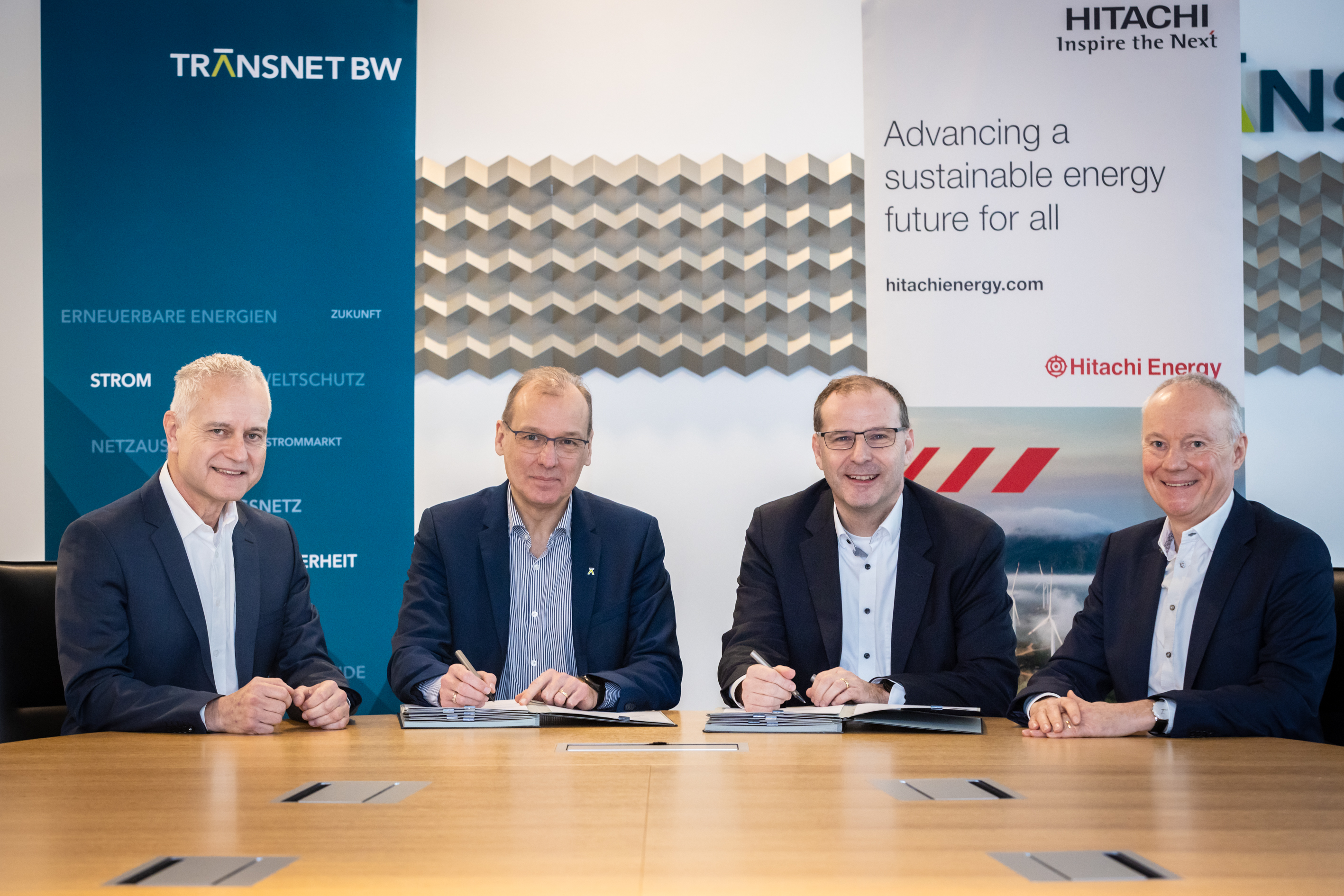Post - Articles
Hitachi Energy and TransnetBW make German grid fit for future
- 1 year, 10 months ago (2024-02-16)
- Junior Isles

Hitachi Energy will supply two Enhanced STATCOM stations with the next-generation grid stabilization technology, SVC Light® Enhanced, to enable TransnetBW to improve power quality in the transmission grid, which supplies power to 11 million people and numerous industries.

Eurelectric EVision
The agreement comes at a time that transmission system operators are relying on new technologies to provide stability to the network due to the acceleration of the energy transition and the move away from conventional power plants.
“The implementation of this solution is another milestone for us in ensuring safe and reliable grid operation in the future,” said Dr. Werner Götz, CEO of TransnetBW.
“As the pioneering technology leader, we are proud to support TransnetBW to safeguard the success of their energy transition,” said Niklas Persson, Managing Director of Hitachi Energy’s Grid Integration business. “With power networks evolving rapidly, we are committed to helping our customers and countries transition toward a carbon-neutral energy future and providing future-proof solutions that will offer the flexibility needed to adapt to changing grid conditions.”
Hitachi Energy’s power quality solutions enable grid operators to dampen the destabilizing effects of renewable energy and expand transmission capacity without building new lines. This pioneering technology supports the energy transition by strengthening and stabilizing power grids handling larger amounts of renewable energy. It helps maintain grid voltage and frequency to ensure operational security and a smooth transition to clean, quality power.
Hitachi Energy’s breakthrough solution combines two power quality and grid stabilization technologies in a single compact device. Using innovative power electronics, it integrates the efficient reactive power compensation of SVC Light with supercapacitors, which are electronic devices that absorb and inject active power into the grid in milliseconds. The SVC Light Enhanced technology safely protects grid stability, reliability and power quality as the transition to renewable energy accelerates. Advanced control features like Grid Forming Control provide significant improvements over previous solutions and make this technology less sensitive to future changes in the network.
